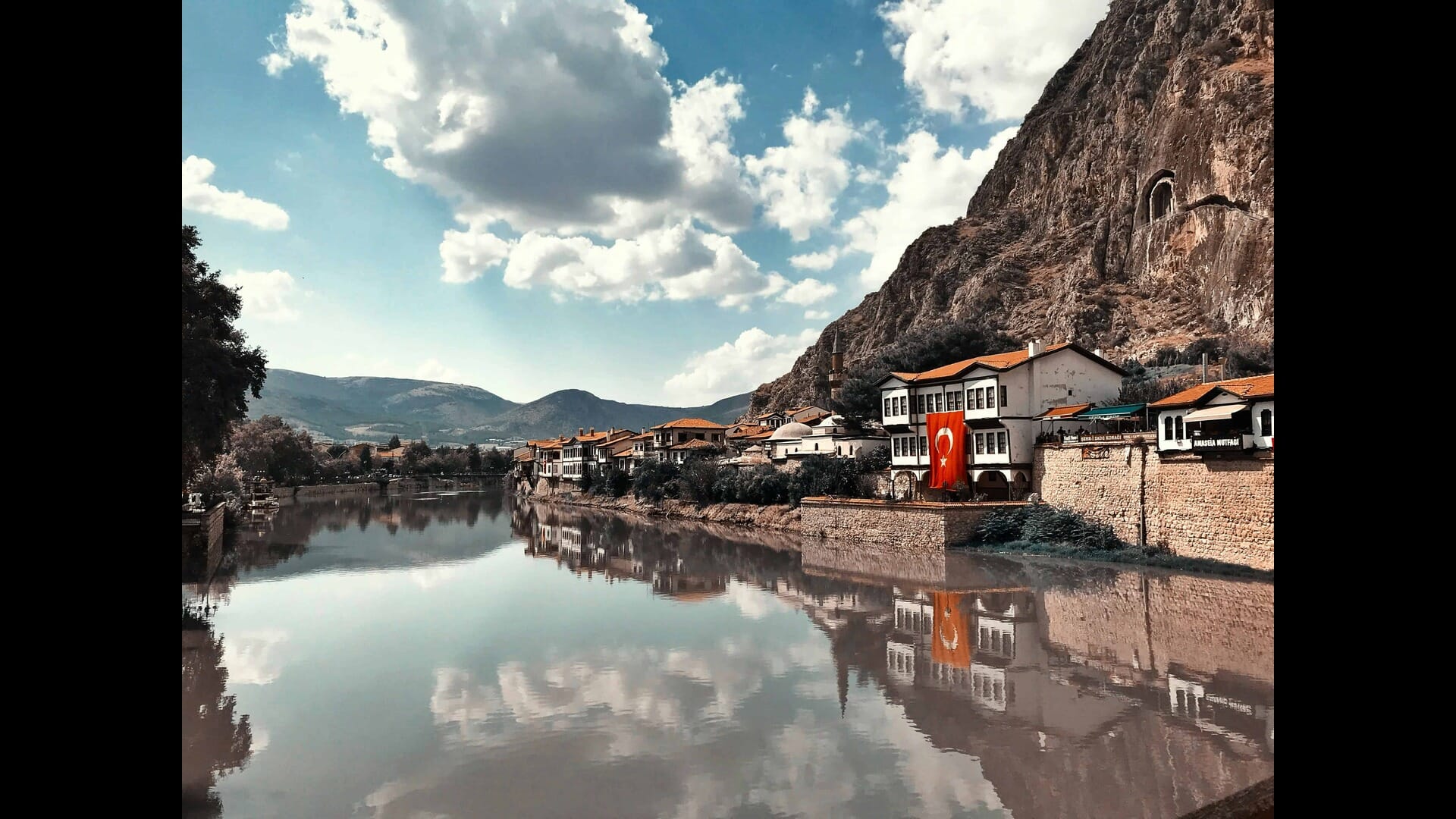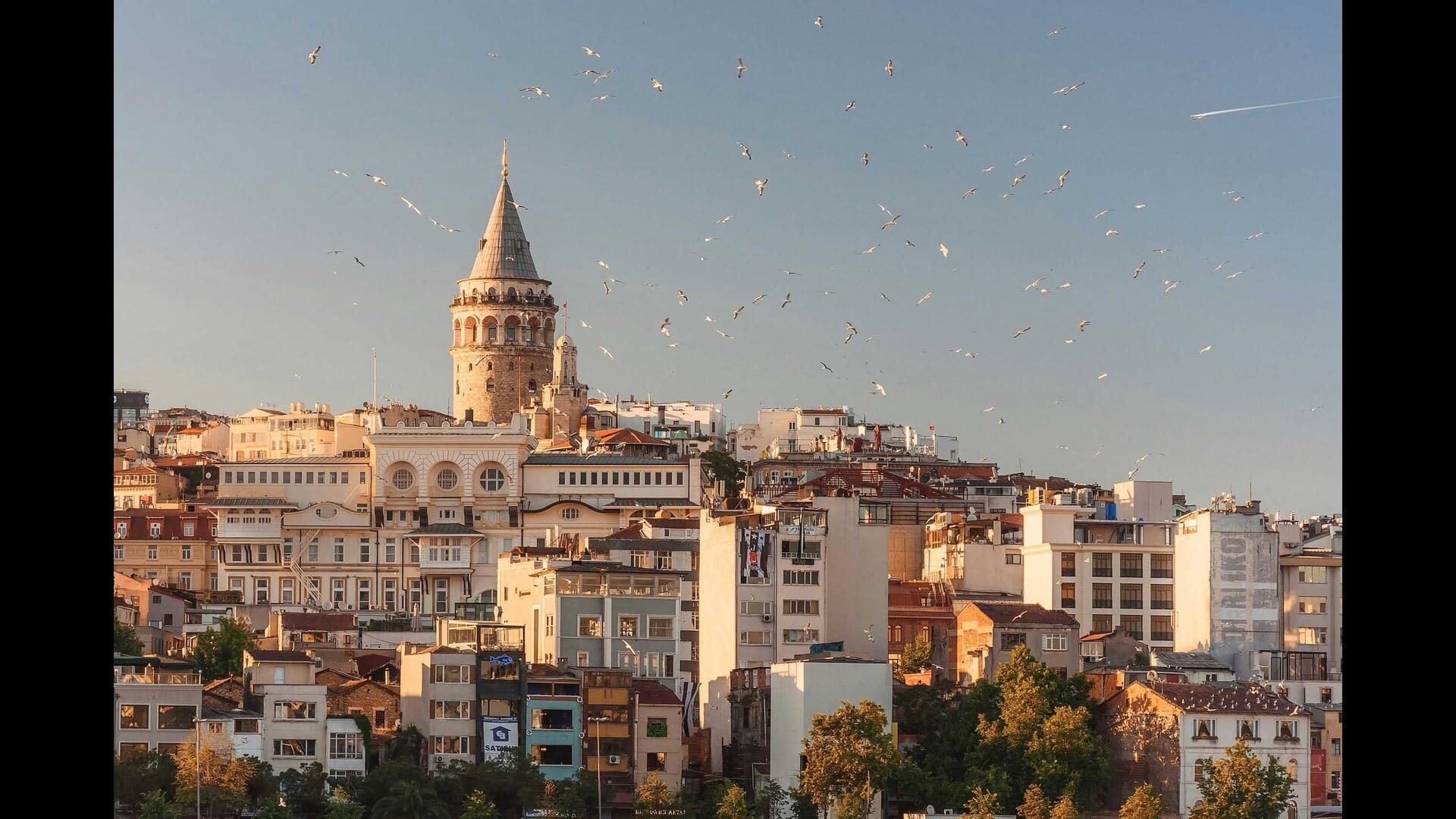
Experiencing Turkish Marbling (Ebru) Art: A Journey into a Timeless Craft
By Glooob • Published in Turkey • September 26, 2024
Experiencing Turkish Marbling (Ebru) Art: A Journey into a Timeless Craft
Turkish marbling, known as Ebru, is a mesmerizing art form that has captivated artists and enthusiasts for centuries. Originating from the Ottoman Empire, this intricate craft transforms simple water and pigments into stunning, swirling patterns that evoke the beauty of nature.



In this article, we will explore the rich history of Ebru, its techniques, and how you can experience this unique art form for yourself.
The Fascinating History of Turkish Marbling (Ebru) Art
Ebru art has a storied history that dates back to the 15th century, with its roots in Central Asia. The art form made its way to Turkey, where it flourished during the Ottoman Empire. Ebru was not only a decorative art but also served practical purposes, such as embellishing book covers and manuscripts. The techniques used in Ebru were closely guarded secrets, passed down through generations of artisans.
As the Ottoman Empire expanded, so did the influence of Ebru art. It became a symbol of cultural identity and sophistication, often associated with the elite classes. Today, Ebru is recognized as a UNESCO Intangible Cultural Heritage, ensuring that this beautiful art form continues to be celebrated and preserved.
Understanding the Techniques of Ebru Art
The Materials Used in Ebru Art
To create stunning Ebru designs, artists use a variety of materials, each playing a crucial role in the process. The primary components include:
- Water: The base for Ebru, water must be clean and free of impurities to ensure the pigments float properly.
- Pigments: Traditionally, natural pigments derived from minerals and plants are used. These pigments are ground into a fine powder and mixed with water and a binding agent.
- Thickening Agents: A natural thickener, such as carrageenan, is added to the water to create a gel-like surface, allowing the pigments to float and spread.
- Tools: Artists use a variety of tools, including brushes made from animal hair, styluses for drawing patterns, and combs for creating intricate designs.
The Process of Creating Ebru Art
Creating Ebru art is a meticulous process that requires skill and patience. Here’s a step-by-step guide to the traditional Ebru technique:
-
Preparation of the Water: The artist begins by preparing the water mixture, adding the thickening agent to achieve the desired consistency.
-
Mixing the Pigments: The natural pigments are mixed with water to create vibrant colors, ensuring they are free of clumps.
-
Floating the Pigments: Using a brush, the artist carefully drips the pigments onto the surface of the water, allowing them to spread and float.
-
Creating Patterns: The artist uses various tools to manipulate the pigments, creating intricate patterns and designs. This can involve swirling, combing, or drawing with a stylus.
-
Transfer to Paper: Once the desired design is achieved, a sheet of paper is gently placed on the water’s surface, allowing the pigments to adhere to the paper.
-
Drying: The paper is carefully lifted, revealing the stunning Ebru design, which is then left to dry.
The Cultural Significance of Ebru Art in Turkey
Ebru art is more than just a visual delight; it holds deep cultural significance in Turkey. It is often associated with spirituality and meditation, as the process of creating Ebru requires focus and mindfulness. Many artists view Ebru as a form of self-expression, allowing them to connect with their inner selves and the world around them.
In Turkish culture, Ebru is often used to decorate important documents, such as marriage contracts and religious texts. It is also a popular gift, symbolizing good luck and prosperity. The art form has been embraced by contemporary artists, who continue to innovate and push the boundaries of traditional Ebru techniques.
Where to Experience Ebru Art in Turkey
Ebru Art Workshops in Istanbul
Istanbul, the heart of Turkey, is home to numerous Ebru art workshops where visitors can learn the craft firsthand. These workshops cater to all skill levels, from complete beginners to experienced artists. Participants are guided by skilled artisans who share their knowledge and techniques, making for an enriching experience.
Some popular workshops include:
- Ebru Sanatı Atölyesi: Located in the historic Sultanahmet district, this workshop offers immersive classes that delve into the history and techniques of Ebru.
- Istanbul Ebru Art Center: This center provides a variety of courses, including one-day workshops and longer programs for those looking to deepen their skills.
Visiting Ebru Art Galleries and Exhibitions
In addition to workshops, Istanbul boasts several galleries and exhibitions dedicated to Ebru art. These venues showcase the works of both traditional and contemporary Ebru artists, providing insight into the evolution of this beautiful craft. Notable galleries include:
- Pera Museum: This museum frequently hosts exhibitions featuring Ebru art, highlighting its historical significance and contemporary interpretations.
- Sakıp Sabancı Museum: Known for its extensive collection of Ottoman art, this museum often features Ebru works as part of its exhibitions.
Learning Ebru Art: Tips for Beginners
Essential Tools and Supplies for Ebru Art
If you’re interested in trying your hand at Ebru art, it’s important to gather the right tools and supplies. Here’s a list of essentials:
- Ebru Paper: Specially designed paper that absorbs the pigments effectively.
- Natural Pigments: Choose a variety of colors for your designs.
- Thickening Agent: Carrageenan is commonly used to create the gel-like consistency in water.
- Brushes and Tools: Invest in quality brushes made from animal hair, styluses, and combs for creating patterns.
Practicing Ebru Techniques at Home
While attending a workshop is a great way to learn Ebru, you can also practice at home. Start by experimenting with simple designs and gradually work your way up to more complex patterns. Here are some tips to help you get started:
- Start Simple: Begin with basic shapes and patterns before attempting intricate designs.
- Be Patient: Ebru requires practice and patience, so don’t be discouraged by initial challenges.
- Experiment: Don’t be afraid to try different color combinations and techniques to find your unique style.
The Future of Ebru Art: Preserving a Cultural Heritage
As Ebru art gains recognition worldwide, efforts are being made to preserve this cultural heritage. Organizations and artists are working together to ensure that traditional techniques are passed down to future generations. Workshops and educational programs are being established to teach Ebru to young artists, fostering a new appreciation for this ancient craft.
In addition, contemporary artists are exploring innovative ways to incorporate Ebru into modern art forms, bridging the gap between tradition and modernity. This evolution ensures that Ebru art remains relevant and continues to inspire creativity.
Conclusion: Embrace the Beauty of Ebru Art
Experiencing Turkish marbling (Ebru) art is a journey that transcends time and culture. From its rich history to its intricate techniques, Ebru offers a unique glimpse into the artistic soul of Turkey. Whether you choose to participate in a workshop, visit galleries, or create your own Ebru designs at home, the beauty of this art form is sure to leave a lasting impression.
As you immerse yourself in the world of Ebru, you’ll not only learn about a traditional craft but also connect with the cultural heritage of Turkey. So, gather your supplies, unleash your creativity, and let the mesmerizing patterns of Ebru art inspire you on your artistic journey.